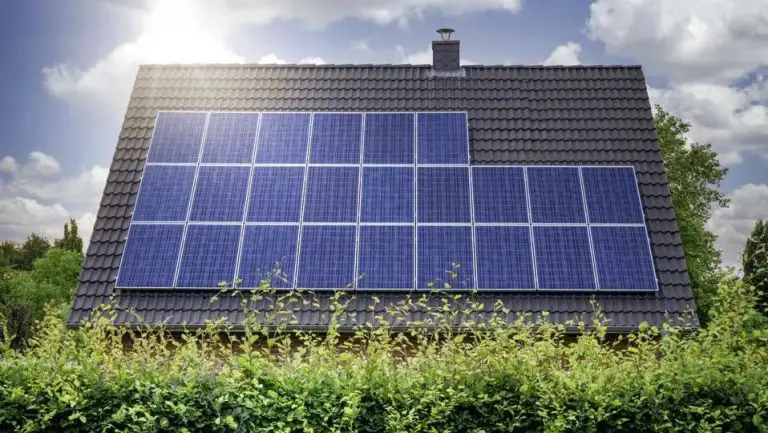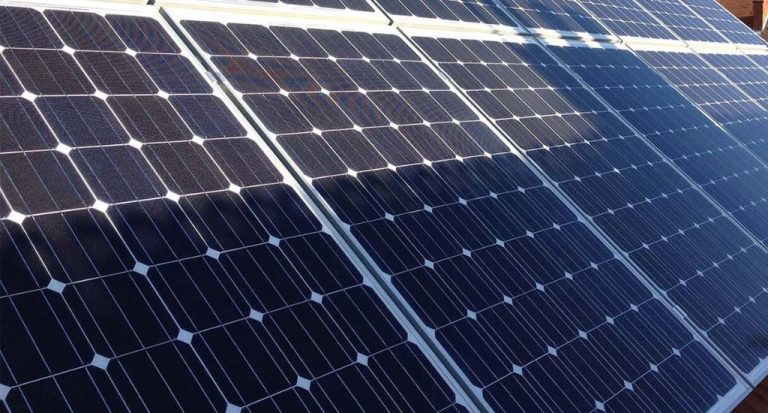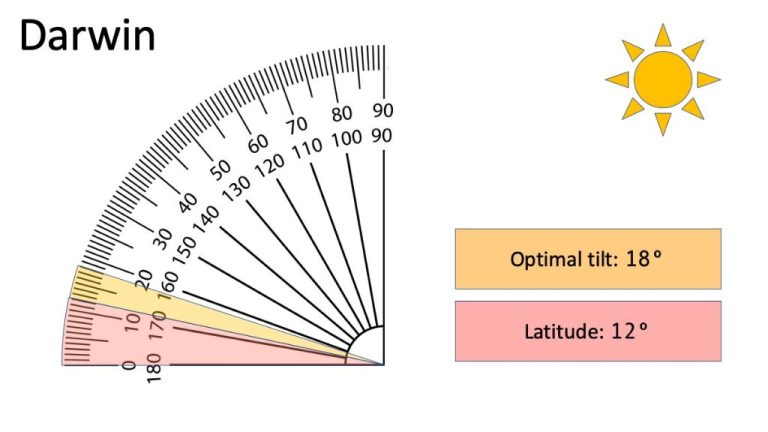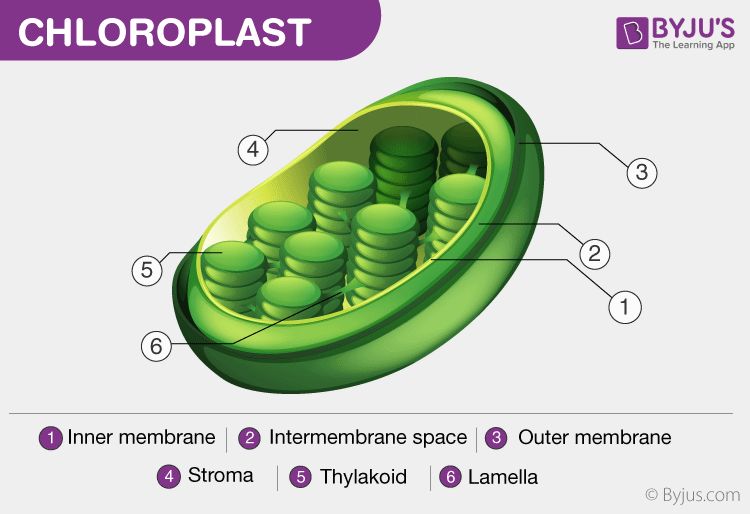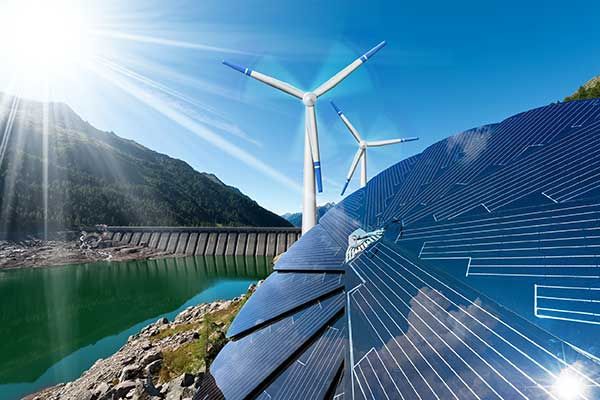How Do Solar Heating Cells Work?
Solar heating cells, also known as solar thermal collectors, are devices that convert sunlight into heat energy. They capture thermal radiation from the sun and transform it into useful thermal energy to provide hot water and space heating for homes, businesses, and industry.
The technology dates back to the 19th century, when the first solar water heaters were developed. They became more widespread in the 1970s during the energy crisis, when interest grew in renewable energy sources. Today, solar heating is a mature technology used globally to provide sustainable hot water and heating.
Some of the most common applications for solar heating cells include:
- Solar water heating for domestic hot water
- Heating swimming pools
- Space heating for homes and buildings
- Industrial process heating
- Power generation when combined with steam turbines
Solar heating cells offer a renewable, environmentally friendly way to harness the sun’s energy for heating needs.
How Solar Thermal Energy Works
Solar thermal panels, also known as solar collectors, absorb heat from sunlight and convert it into thermal energy. The solar panels contain tubes or panels with a heat-absorbing surface or fluid. As sunlight hits the surface, the radiation is converted directly into heat. The heat is then transferred to either water or air via the heat-absorbing medium.
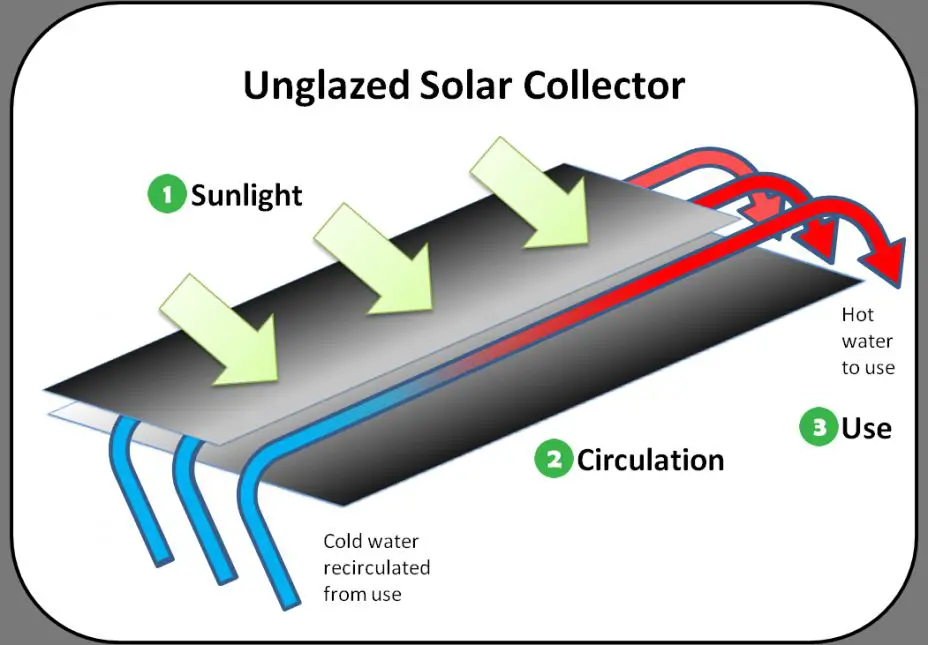
The heated water can be used directly or can pass through a heat exchanger to heat water in a storage tank. The thermal energy captured by solar collectors can be used for several purposes like heating water for domestic or swimming pool use, space heating, process heating, solar cooling, and even generating electricity.
So in summary, solar thermal systems use free energy from the sun to heat water or air. This thermal energy can then be utilized for various applications rather than being wasted. The conversion of sunlight into usable heat through solar collectors allows harnessing the sun’s energy for our hot water and heating needs.
Main Components
Solar water heating systems rely on a few key components to absorb and transfer heat from the sun into water. The main components include:
Absorber Plate – The absorber plate is a thin layer of metal that covers the solar collector. It is painted with a matte black coating to enable maximum absorption of solar energy and transfer of that heat into the fluid running through the pipes/tubes.
Tubes/Pipes – There are tubes or pipes running underneath or within the absorber plate. These allow the fluid to run through and carry the solar heated water either directly to usage or to the storage tank.
Insulation – There is insulation placed behind and around the sides of the absorber plate to minimize heat loss. This allows the system to retain as much of the absorbed solar thermal energy as possible.
Storage Tank – Most solar heating systems have an insulated storage tank that keeps the heated water at the proper temperature for later use. This allows the system to collect and store hot water during the day for use at night or on cloudy days.
Types of Solar Collectors
There are three main types of solar collectors used in solar thermal systems:
Flat Plate Collectors
Flat plate collectors are the most common type of solar collector. They consist of a dark flat plate absorber with a glass cover on top and insulation on the back and sides. The glass cover allows sunlight to pass through and hit the absorber plate while reducing heat loss. Flat plate collectors work well in warmer climates and are a relatively inexpensive option.
Evacuated Tube Collectors
Evacuated tube collectors contain parallel rows of glass tubes, with each tube consisting of two layers of glass sealed together with a vacuum in between. The vacuum reduces heat loss dramatically. Each tube contains an absorber that heats up when sunlight hits it. Evacuated tubes are more efficient than flat plates, especially in cold climates, but also more expensive.
Unglazed Collectors
Unglazed collectors are the simplest and least expensive type of solar collector. They consist of a fluid-carrying pipe attached to a dark absorber plate. As they don’t have a protective glass cover, unglazed collectors lose more heat and are generally only used to heat swimming pools where very warm temperatures are not needed.
System Types
There are two main types of solar heating systems: active and passive. Active systems use pumps and controls to collect and transfer heat into the home, while passive systems rely on natural circulation and thermal mass to gather and absorb solar heat. They can be further categorized as direct or indirect systems.
Direct systems, found primarily in hot, sunny climates, directly heat water or a heat-transfer fluid which then warms air or water for the home. The fluid runs through the solar collector and then into the building’s heating system itself. This is the simplest and most efficient type of active system.
Indirect systems have a heat exchanger in between the collector and the home’s heating system. They use the solar heat to warm up another working fluid, which then flows through the heat exchanger to heat up the home’s water or air. Indirect systems are inherently less efficient but protect the home’s plumbing from freezing in cold climates.
Passive systems are usually indirect. They have no pumps and instead rely on the natural convection of air or water. For example, a passive solar space heating system uses south-facing windows to let in sunlight that gets absorbed into thermal mass floors and walls, creating radiant heat. Passive systems are low-cost but can struggle to collect and retain enough heat for colder climates.
Efficiency and Output
The efficiency of a solar thermal system determines how much of the sun’s energy can be converted into usable heat. There are several factors that impact efficiency:
Solar Radiation – Areas that receive more annual solar radiation will be able to collect more energy. Using solar maps can help determine potential solar energy for a location.
Collector Type – The type of collector impacts efficiency. Evacuated tube collectors are the most efficient, followed by flat plate collectors. Unglazed collectors are the least efficient.
Collector Size – Larger collector surface areas can capture more solar radiation.
System Design – Well-designed systems optimize collector tilt, orientation, thermal insulation, and components.
Typical solar thermal efficiencies range from 30-80%, depending on the above factors. Flat plate collectors average 40-80% efficiency, while evacuated tube collectors range from 60-90% efficiency.
Output potential depends on efficiency, collector size, and solar radiation. For example, a 4 m2 flat plate collector array with 50% efficiency in a location receiving 2,500 kWh/m2/year solar radiation could generate around 5,000 kWh of usable heat energy annually.
Costs
The initial purchase and installation cost of a solar thermal system can range from $3,000 to $7,000 depending on the type and size of the system. However, much of this upfront cost can be offset by federal tax credits and other solar incentives.
The federal solar Investment Tax Credit (ITC) currently offers a 26% tax credit for installing a residential solar thermal system. Many states and utilities also offer additional rebates and incentives that can reduce the net cost of a system by up to 50% or more.
Over the long-term, a solar thermal system can provide an excellent return on investment. The system will lower or eliminate your conventional water heating bills, providing savings that continue for the 20-30 year lifetime of the system. This consistent energy bill reduction means that most solar thermal systems can pay for themselves in 4-8 years.
Installation
There are two main options for installing a solar heating system – hiring a professional or doing it yourself (DIY).
Hiring a professional installer is recommended for most homeowners. Professionals have the required expertise to properly size, design, and install the system to maximize efficiency and meet local codes. They can also pull necessary permits and arrange for inspections. The main downside is the higher upfront installation cost compared to a DIY system.
For DIY installation, the system components can be purchased independently and assembled. This requires some technical skill and knowledge to select, size, and integrate the various parts. The system design may also need approval from local permitting offices, and inspections will still be required. DIY installation can reduce upfront costs but requires more effort and carries greater installation risk versus hiring a professional.
Solar collectors are typically roof-mounted but can also be ground-mounted. Roof mounting is most common for residential systems and takes advantage of unused roof space. However, it does require roof penetration for securing the collectors. Ground mounting is an alternative, usually for larger commercial systems, but requires adequate unshaded land near the buildings needing hot water.
Overall, for most residential solar thermal systems, hiring a professional installer is recommended to maximize system performance and minimize installation issues. However, DIY installation is an option for technically inclined homeowners wanting to reduce costs.
Maintenance
Proper maintenance is crucial for maximizing the performance and longevity of a solar heating system. Here are some key maintenance tasks:
Cleaning Solar Panels
Solar collectors should be cleaned regularly, as dirt, dust, bird droppings, and other debris can reduce the panels’ ability to absorb sunlight. Panels are typically cleaned with water and a soft brush or sponge. Avoid abrasive cleaners or brushes that could scratch the glass surface.
Inspecting System Components
All plumbing connections, pumps, controllers, valves, etc. should be inspected for leaks, damage or wear at least annually. Any issues should be addressed promptly to avoid system disruptions. The heat transfer fluid level and quality should also be checked periodically.
Extending System Life
Preventative maintenance helps minimize repairs and extends the usable life of the system. In addition to cleaning and inspections, replacing worn components before they fail helps avoid more costly reactive repairs later on. Proper maintenance as per the manufacturer’s recommendations will deliver the greatest return on a solar heating investment.
Future Outlook
The future looks bright for solar thermal technology. Here are some key trends to watch:
Technology improvements: Researchers are working to improve solar collector efficiency through the use of new materials like polymers and nanofluids. Hybrid PV/thermal systems that combine solar thermal with photovoltaics are also gaining traction.
Market growth predictions: The global solar thermal market is expected to grow at over 8% annually over the next decade. Much of this growth will likely occur in China, Europe and India as costs continue to fall and more buildings adopt solar thermal.
Innovative new applications: Solar thermal technology is moving beyond traditional residential hot water and space heating into new commercial applications like solar cooling, industrial process heat, desalination and enhanced oil recovery.
As solar thermal technology improves and costs decline, the future is bright for this renewable energy source to play a major role in reducing fossil fuel consumption around the world.

